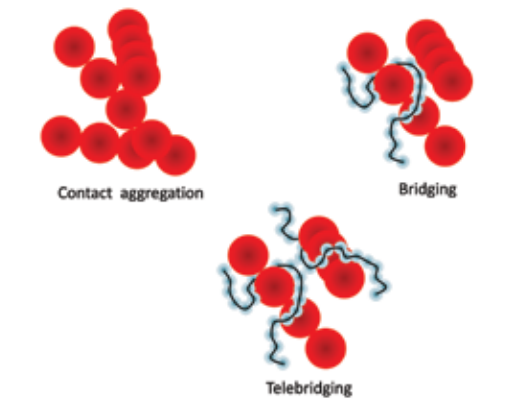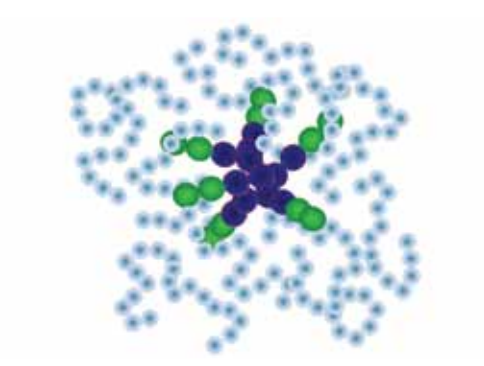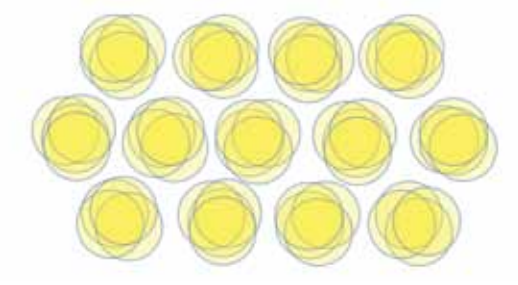Mukta Tripathy
Core Faculty
Associate Prof.
Core Faculty
Associate Prof.

Polymer nanocomposites are known to have vastly improved properties compared to pure polymer melts. Hence, the stability of these composites is of prime interest. Modern composites are made from nanoparticles such as carbon nanotubes, clay particles, and patchy particles. Our group is interested in determining the conditions where these different kinds of nanoparticles form stable dispersions with polymers. Carbon nanotube composites are of interest, particularly in the context of producing highly conducting, low-cost materials. A requirement for highly conducting nanotubes (or nanorods) to give rise to highly conducting composites is that the nanotubes/nanorods form a system-spanning percolated network. We are therefore, interested in determining the miscibility and percolation co-conditions for composites of these kinds. We also probe the complex structures formed by grafted nanoparticles in polymer melts. Our initial studies indicate that chemically anisotropic nanoparticles (such as Janus rods) as well as grafted nanoparticles are likely to form stable mesoscale structures within the melt. These materials are likely to yield interesting and tunable optical properties.

Soft-penetrable particles are model systems for highly coarsegrained particles used in both theory and simulations. We put forth several models of coarse-grained penetrable particles, and study their dynamics and phase behavior. Our results indicate clustering of particles that interact in a purely repulsive manner. Furthermore, at higher densities, these systems form cluster-crystals of various symmetries. When mixed with hard particles they give rise to very interesting phases. While penetrable particles are highly coarse-grained models for large and sparse molecules, surface-corrugated models for colloidal particles explicitly treat the surface roughness of real colloidal particles. We study the effect of surface roughness using various models for roughness between both charged and uncharged colloids.

Pickering emulsions are oil-in-water emulsions stabilized by colloidal particles (rather than surfactants). Due to their larger oil droplet size, they can be used in many novel applications (drug delivery, micro-reactors, etc.) that traditional microemulsions cannot be used for. However, most Pickering emulsions are not thermodynamically stable, resulting in short shelf-lives. From understanding gained from both soft colloidal particles and rough colloidal particles, we are interested in mapping out the narrow range of stability conditions for Pickering emulsions.